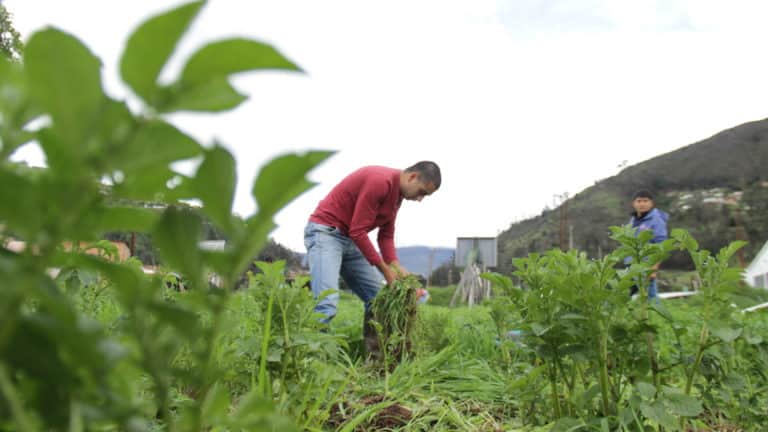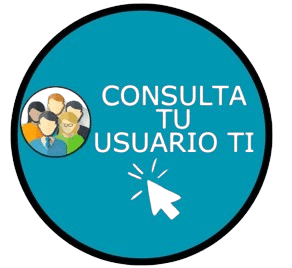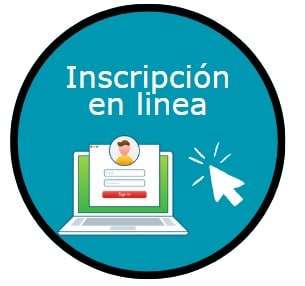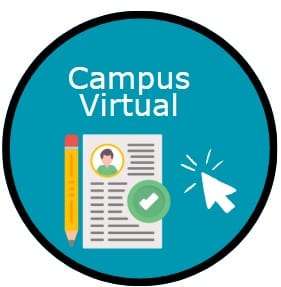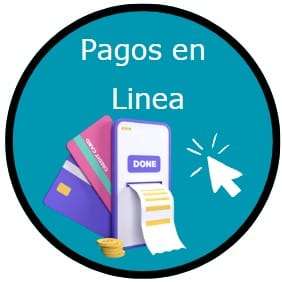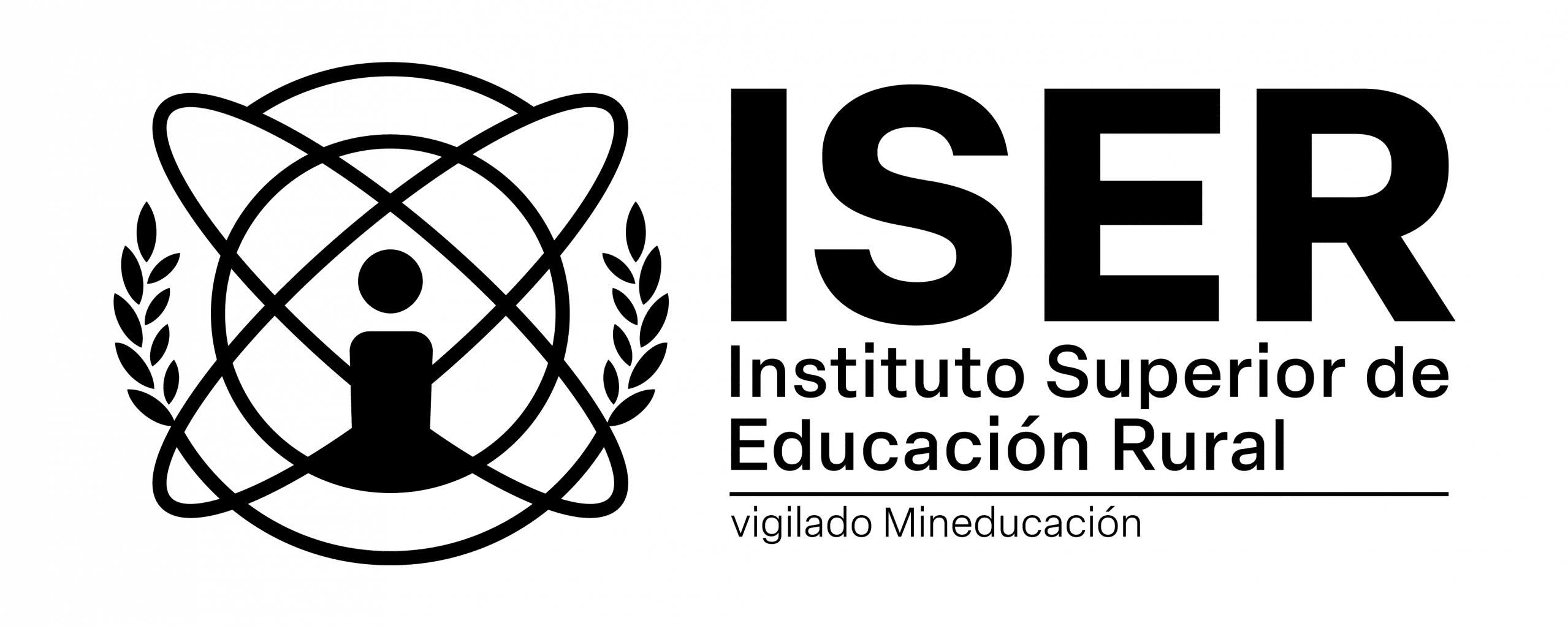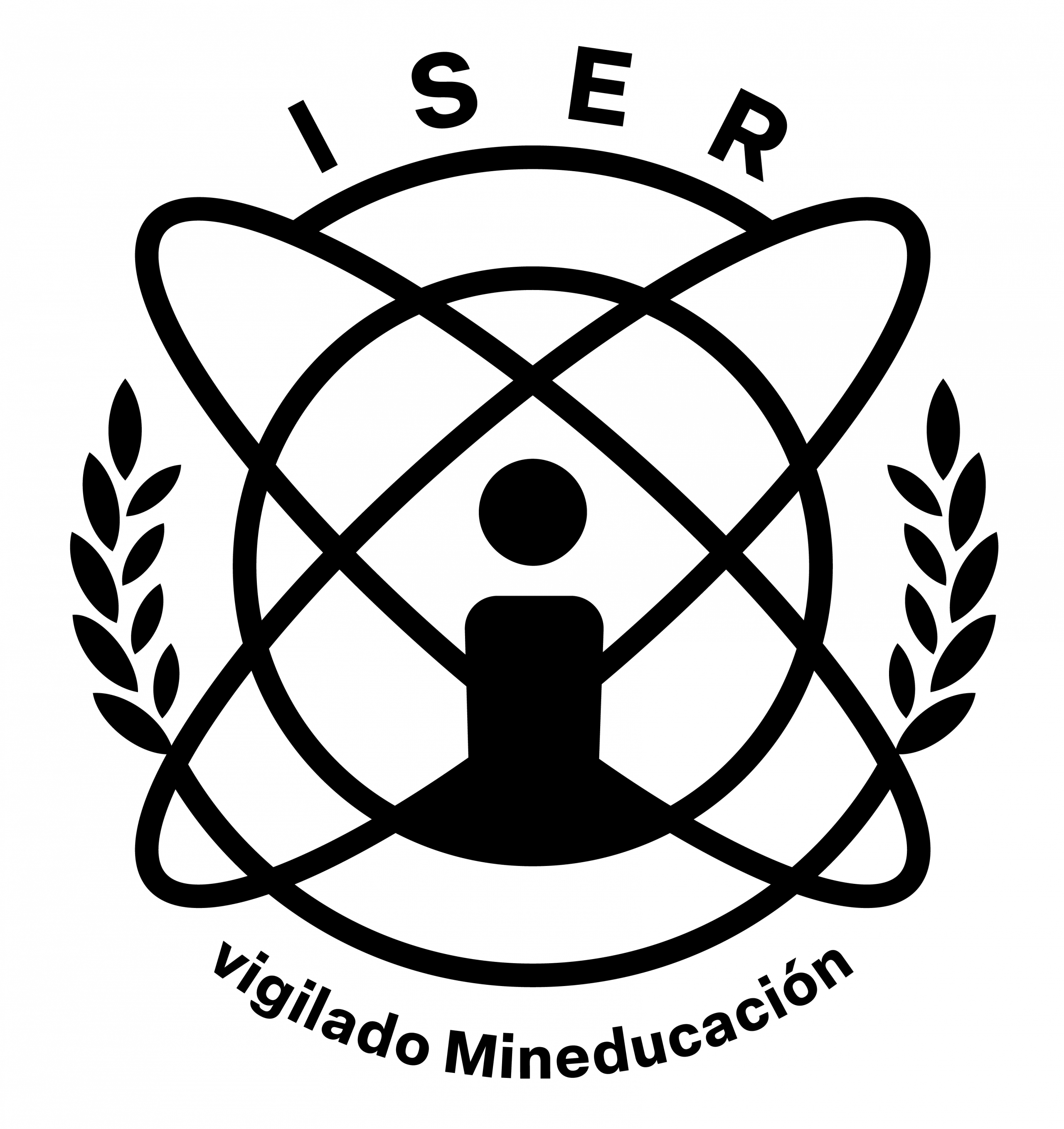TECNOLOGÍA EN PROTECCIÓN Y RECUPERACIÓN DE ECOSISTEMA FORESTALES

Nombre del Programa:Tecnología en Protección y Recuperación de Ecosistema Forestales
Título que Otorga: Tecnólogo(a) en Protección y Recuperación de Ecosistema Forestales
Duración: 6 (seis) Semestres
Lugar de Desarrollo: Pamplona, Norte de Santander
Modalidad: Presencial
Tipo de Formación: Tecnología
Número de Créditos Académicos: 93 (Noventa y tres)
Costo de Matrícula: 1 SMMLV
Resolución 007569 del 14 de abril de 2025 ” Por medio de la cual se resuelve la solicitud del registro calificado del programa de Tecnología en Protección y Recuperación de Ecosistemas Forestales, del Instituto Superior de Educación Rural- ISER a ser ofrecido en la modalidad presencial en Pamplona (Norte de Santander).
Perfil de egreso
El Tecnólogo en Protección y Recuperación de Ecosistemas Forestales del Instituto Superior de Educación Rural – ISER, se caracteriza por estar vinculado a escenarios como el de entidades públicas y privadas en cargos relacionados con: el diseño, uso, manejo, implementación y evaluación de soluciones y aplicaciones desde el escenario de la silvicultura y forestación, proyectos productivos forestales y agroforestales,
asistencia en estudios, planes y programas para la protección y recuperación de ecosistemas forestales, Gestión de procesos con enfoque de responsabilidad social y ambiental, apoyo y cooperación en la gestión de estructuras dinámicas para la negociación, concertación, trabajo en equipo y participación activa de comunidades.
Dentro de sus habilidades y destrezas estará en capacidad de:
➢ Implementar soluciones y aplicaciones de las ciencias básicas para la comprensión y atención de problemáticas presentadas en los escenarios del sector forestal.
➢ Planear y dirigir estudios de reconocimiento forestal, cultivo de bosques maderables, programas de reforestación y silvicultura, prevención de incendios, construcción de vías, protección ambiental y programas de control de insectos y malezas, preparar reportes y recomendaciones.
➢ Planear e implementar programas educativos y capacitaciones de entrenamiento en silvicultura, forestación, arborización y preservación de recursos naturales.
➢ Apoyar en el manejo de herramientas metodológicas con énfasis en el mejoramiento de árboles, producción de semillas, suelos, ecología y operaciones forestales.
➢ Establecer planes a corto o largo plazo para plantaciones forestales y la conservación de los recursos naturales.
➢ Desarrollar y supervisar programas de siembra de árboles para la producción de madera y la recuperación de ecosistemas.
➢ Recomendar sobre aspectos forestales a propietarios, gobiernos o empresas.
➢ Apoyar el diseño, implementación, seguimiento y evaluación de los planes, programas o proyectos para la preservación de los recursos naturales, productividad o emprendimientos desde el sector forestal para el desarrollo local y regional.
➢ Gestionar procesos con propietarios, gobiernos o empresas a fin de promover la responsabilidad social y ambiental
➢ Coadyuvar en la gestación de estructuras dinámicas que posibiliten la negociación, la concertación, el trabajo en equipo y la participación activa de las comunidades
lideraras por los Tecnólogos en Protección y Recuperación de Ecosistemas Forestales.
• Formar un Profesional enmarcado dentro de la misión de la Institución.
• Ofrecer a la sociedad un profesional con formación filosófica, ética humanística y tecnológica que le permita desarrollarse como un ser humano integral.
• Formar un profesional con altas calidades de pensamiento crítico hacia el desarrollo investigativo que le permita alcanzar procesos de I + D + i de acuerdo a los lineamientos de Ciencia y Tecnología del Gobierno Departamental y Nacional.
• Ofrecer a la comunidad un tecnólogo con alto compromiso de responsabilidad social.
• Permitir la incorporación de los Tecnólogos Industriales de conocimiento mediante la vinculación y participación científica en comunidades Regionales, Nacionales e Internacionales.
RAP1. Aplicar la fundamentación básica de las ciencias forestales en la solución de los problemas en los escenarios de estudio del área forestal.
RAP2. Identificar situaciones, soluciones y recursos necesarios para el abordaje de problemáticas del sector forestal relacionadas con la protección y recuperación de sus ecosistemas.
RAP3. Aplicar técnicas y herramientas alineadas con la labor forestal.
RAP4. Demostrar destrezas en la presentación, interpretación e implementación de métodos, estudios, planes o programas para el desarrollo de productividad con sostenibilidad en el sector forestal.
RAP5. Aplicar técnicas y estrategias de investigación y proyectos en ciencias forestales para la detección y solución de problemas presentes en los ecosistemas del territorio.
RAP6. Desarrollar el diseño de productos o ideas de negocio para el emprendimiento y productividad del sector forestal.
RAP7. Poner en práctica los elementos esenciales como tecnólogo en Protección y Recuperación de Ecosistemas Forestales que incluyan los principios éticos en un enfoque del desarrollo humano sostenible.
RAP8. Crear habilidades comunicativas mediante la lectura y escritura de informaciones diversas, con objeto de armonizar intereses para el logro de objetivos comunes.
NUESTRO PROGRAMA EN IMÁGENES
